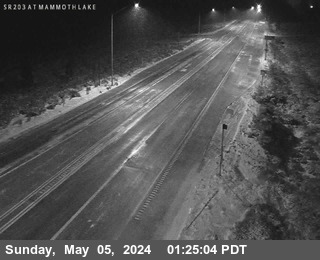Brought to you by Howard Sheckter
Archive for September, 2021
Cool Breezy Weekend on tap as a strong late Summer weather maker dives into the pacific NW and Northern CA. Showers possible for the Northern Sierra with mainly wind and cooling for Mono County….More breezy weather possible late next week as Summer comes to an end…….
Tuesday September 14, 2021
Quick update for the Weekend: 9/15
Several runs of the Euro has a confluence of both the Polar and at least a weak branch of the subtropical jets on Sunday. This is a departure from the GFS runs that omits this merge as well as the polar jet being a bit further north in the GFS as compared to the Euro. If the Euro is correct, it may bring us some light rain or rain showers over Mono County Sunday afternoon or night. Additionally, gradients are tighter with the EC and so it is a windier scenario for late Sunday/Night.
As much as 15 degrees of cooling is possible now with a freeze early next week for many of the colder valleys. Mammoth and June may get down to close to freezing as well Monday AM with highs in the upper 50 to low 60s Monday.
_____________________________________________________________________________________________________________________________________________________________________________________________________________________________________
For the inland areas of California, it’s been the warmest Summer on record, a departure from Coastal California, mainly influenced by the chilly waters of La Nina creating more temperate weather. This weekend is expected to be breezy to windy in the Central and Northern Sierra, as a strong late Summer Trough dives into Northern CA. Although some models bring the chance of showers as far south as Mono County Sunday night, at this point, it’s unlikely this far south by the majority of the model runs. What is likely, is a cool down of at least 10 to 15 degrees by Sunday along with breezy to windy weather Sunday Afternoon and night. This weather system is remarkable in that it has a “Very Strong” AR accompanied with it for areas like the Columbia River inlet along the OR/Washington coastal border. The IVT Plume is over a whopping 1200! in the Integrated vapor transport scale. As an example, the AR that affected Mammoth late last January which dumped 8 to 10 feet of snow was around an 700 to 800 IVT. So the forecast is for an AR some 35% to 50% stronger! Pretty impressive for a late Summer upper Jet, up in the pacific NW.
At resort levels, the days will cool down into the low 60s by Monday, while nights will cool down to the lower 30s by Monday AM…..20s are likely in the colder valleys. This is the first of the early fall systems that are common during the end of Summer and the first weeks of Fall. The further outlook shown by the EURO model, has a nice period of weather the middle of next week before another migrating wave, one that may get “cut-off from the westerlies, that may affect the west coast later next week.
ENSO: The latest updated “IRI Compilation of SST Forecasts for the Nino 3.4 Region” show a weak La Nina expected for this Winter. Last Winter we had a moderate La Nina.
The bias of dryness goes with a La Nina here in the southern Mono County area. However, not all La Ninas are dry here. Other teleconnections are more interesting! Such as the The quasi-biennial oscillation (QBO), which is a quasi-periodic oscillation of the equatorial, lower strato zonal winds which oscillate west to east, then east to west. All of last winter they were in west to east mode or in the positive phase which is highlighted by a deep Hudson Bay Low. There was a flip in the index last June to east to west or the “negative phase”. This is most significant I believe, as the Polar Vortex will tend to be weaker with the opportunity for more Meridional Flow, which tracks the upper jet along Longitudinal Lines, VS latitudinal lines. This can make for a colder than normal winter across the US, and with blocking in the right places, such as the EP region, (-EP) an upper jet that can bring more storminess to California and Nevada. Additionally, it is known that there are more Sudden Strato Warm events which again, creates more Meridional Flow and the potential for “ARs”. Read abouth the QBO here: https://en.wikipedia.org/wiki/Quasi-biennial_oscillation
Also: The effects of the negative phase QBO upon the *MJO https://www.nature.com/articles/s43017-021-00173-9
Last Year, the MJO weakened rapidly over the western pacific, and there was a barrier of cold water over the central pacific. The article in the above link from Nature Mag is encouraging I believe. One that may argue against many of the current drier than normal winter forecasts for the Central Sierra.
*Madden Julien Oscillation (air sea coupled region of rising and falling air near the Equator that can modulate the westerlies.
Dr Howard and the Dweebs………………….:-)




